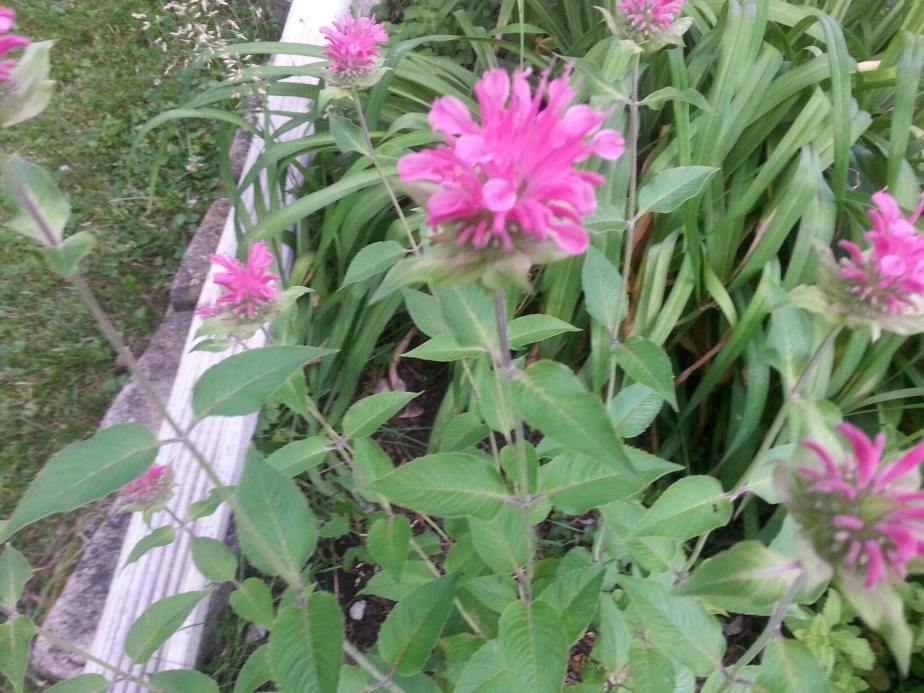
Native Perennial Series: Beebalm

Home & Garden Adventures

Bee Balm (or bergamot) is a native perennial to most of the United States and it grows very well in my area of Northwest Indiana.
It is an unusual-looking flower that has an unusual, but pleasant, scent like oranges. Bees and other natural pollinators love beebalm! This plant flowers in early summer and lasts for weeks. When the day is at its sunniest, the warmth helps exude this beautiful flower’s fragrance. A person can just walk by it and smell this sweet scent.
Traditionally, Native Americans used beebalm in a tea to help alleviate the symptoms of colds and sore throats. They then introduced this plant to the early settlers who also found it very helpful medicinally.
Whether this plant is used medicinally or simply for ornamentation, it brings a unique architectural element to anyone’s garden. It will propagate by self-seeding, unless it is dead-headed before seeds form. Bee balm grows about three feet tall and its flowers are edible! Throw them in a salad for a nice, citrus flavor.

Bee balm comes in different colors, as well. The ones I grow in my garden are a deep pink color (see my photos), but there are also white, purple, and scarlet bee balm varieties (click on the links to see photos).
Sometimes this plant is referenced as bergamot, oswego, wild monarda, or horsemint. Search these names as well in order to find plants or seeds to add to the garden.
Bee balm flower heads dry very nicely preserving its color and scent. This makes bee balm a very popular addition to potpourri. It’s also wonderful in aiding to scent homemade bath salts.
Gardeners won’t be disappointed with this plant. It attracts beneficial pollinators and beautiful butterflies. Since it’s a native perennial, hardly any extra care is needed as it’s disease resistant. The smell of this flower is wonderful, it cuts and dries well, it is easy to take care of, and its benefits include medicinal properties and support for the area’s pollinators.
If you’re interested in other native perennials, check out the rest of my Native Perennial Series on my Garden page. More is added all of the time. Please feel free to comment and share. Let me know if you would like me to showcase one of your favorite native perennials. Send a photo, if you have one, for me to use on my blog! ~ April